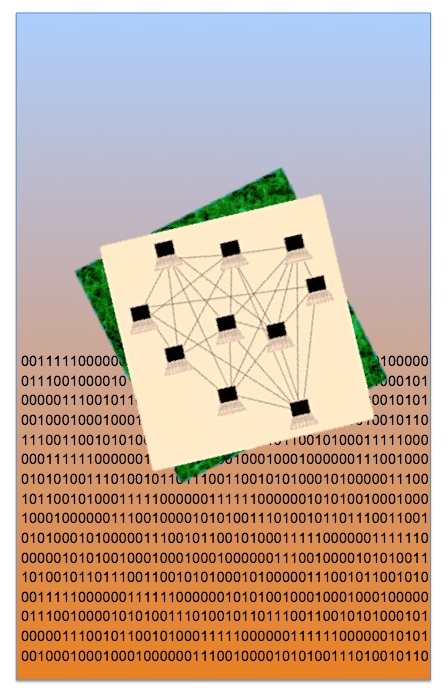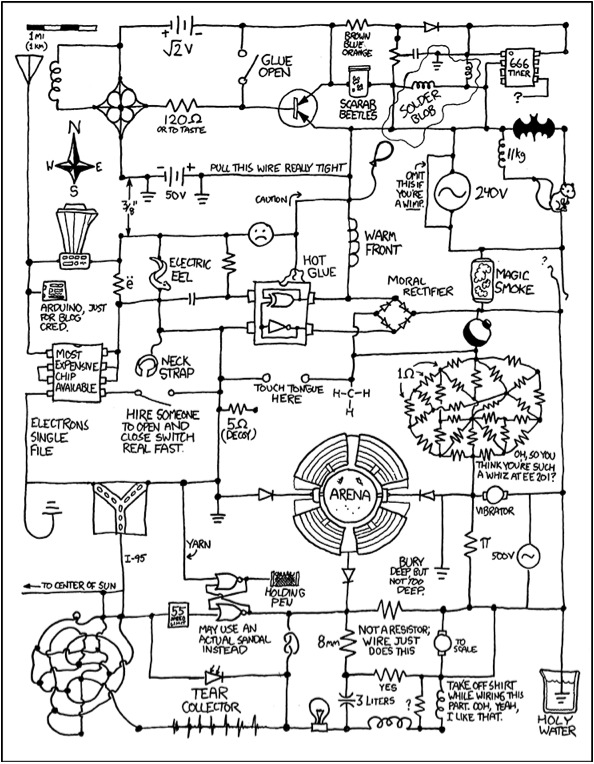There was a time, in the early 2000s, when defining oneself as an expert on the issues of Internet governance was met by the public with indifference if not perplexity. The word “Internet governance” seemed to refer to a strange world, only remotely connected to our daily life: a world of UN- and  intergovernmental institutions or even of technical standardization, populated with indigestible acronyms, dealing with power issues and games that were far from the users’ concerns.
intergovernmental institutions or even of technical standardization, populated with indigestible acronyms, dealing with power issues and games that were far from the users’ concerns.
Times have changed. Not in regard to the relevance of the issues the label “Internet governance” refers to: these have always been essential. But, because of the number of problems raised daily — ranging from the omnipresent network surveillance implemented by North American agencies and revealed by Edward Snowden, to the debate about the obligation for search engines to guarantee any person who might request it the “right to oblivion” — it has now become apparent that this label deals not only with tedious institutions, it also involves a set of devices and practices that day after day shape the “network of networks”.
After the provocative “declaration of independence of cyberspace” proposed by John Perry Barlow in 1996, the Internet, once designed and used by a handful of public and private American computer labs, nowadays concerns all human activities and is available on an increasing variety of media ready to “colonize” our everyday objects. This “discreet omnipresence” raises questions about privacy, the creation of collectives, market reconfiguration, and it is notably reflected in the creation of new techno-legal instruments meant to ensure the protection of individual freedoms and to guarantee the existence, and possibly the progress, of democratic arenas.
The research I carried out for almost six years at the Centre de Sociologie de l’Innovation focused on the exploration of a number of dynamics and devices that, in a more or less direct or stabilized way, relate to  Internet governance. My research was in part conducted within the framework of two ANR (the French National Research Agency) funded projects: Vox Internet II – Internet governance: the democratic construction of standards (2008-2010) and ADAM – Distributed architectures and multimedia applications (2010-2014). It also includes my doctoral research..
Internet governance. My research was in part conducted within the framework of two ANR (the French National Research Agency) funded projects: Vox Internet II – Internet governance: the democratic construction of standards (2008-2010) and ADAM – Distributed architectures and multimedia applications (2010-2014). It also includes my doctoral research..
From the beginning of the academic year 2014, upon my joining the CNRS (National Center for Scientific Research) and being appointed to its Institute of Communication Sciences (ISCC), I plan to continue my research on Internet governance, and to focus my exploration on its experience, its contexts and practices, its limits and its complexities. I namely wish to pursue this kind of questioning in order to identify the social practices and the implemented procedures that, up to now, have not been studied in terms of “governance” — and this, by showing how they are indeed part of this experience. I suggest that it is necessary to discover the “governance work”, the often invisible but nevertheless very material operations that political and legal theory has only very partly accounted for. Such an approach calls for a fine and detailed exploration of Internet governance, in the course of its daily “situated practices”: procedure and algorithm development, device and infrastructure uses, document and instrument productions, which day by day jointly build Internet governance. At the Vox Internet project final conference, the jurist Mireille Delmas-Marty accurately summed up the issue: the Internet disrupts, reveals and at the same time produces rules. Today more than ever these three sometimes conflicting facets need to be further investigated.
Francesca Musiani is currently a post-doctoral researcher at the School for media and digital technology at the Sorbonne (EMNS) and at the CSI Mines ParisTech, where between 2008 and 2012, she carried out her doctoral research (awarded the 5th ‘Informatique et Libertés’ Prize by the CNIL – National Commission for Information, Technology and Civil Liberties). In 2012-2013, she was the Yahoo! Fellow in Residence at Georgetown University (United States). She is presently a member of the ad hoc Committee for reflection and proposals on rights and freedoms in the digital age created by the National Assembly in May 2014. As from October 1st, 2014 onwards, she will join the Institute of Communication Sciences (ISCC) as a research fellow, and besides will remain an associate researcher at the CSI.
Illustration #1: For Francesca, by Florence Paterson
Illustration #2: xkcd – Circuit Diagram, by Randall Munroe

